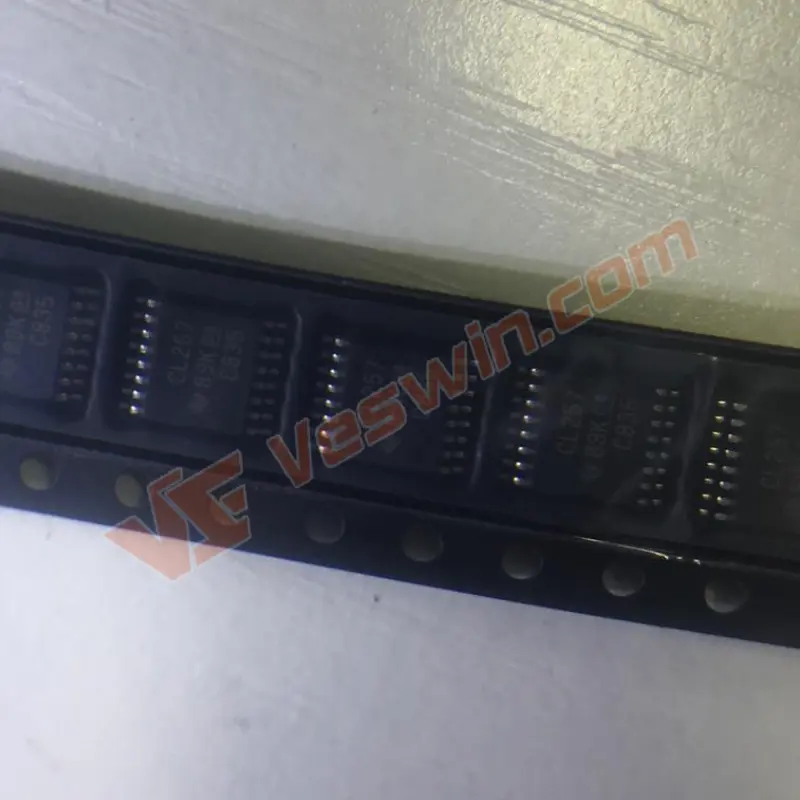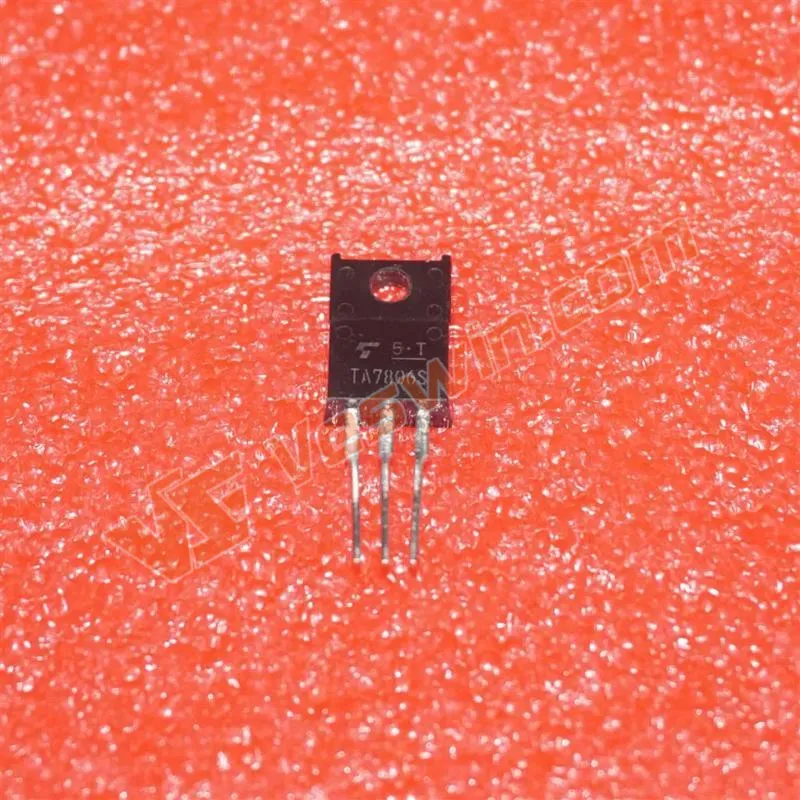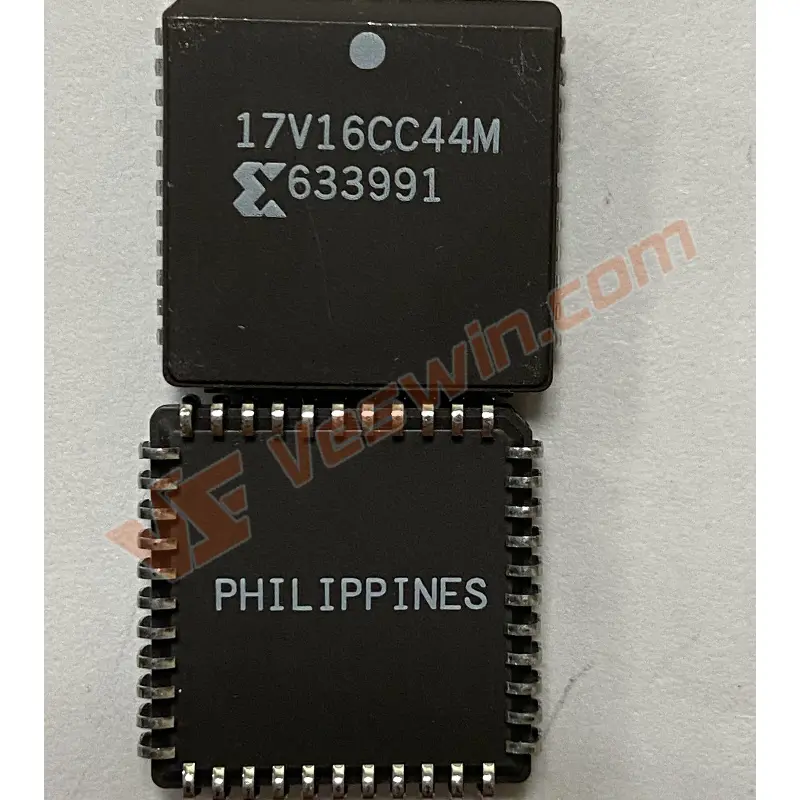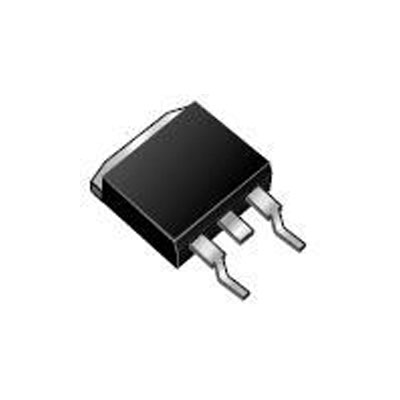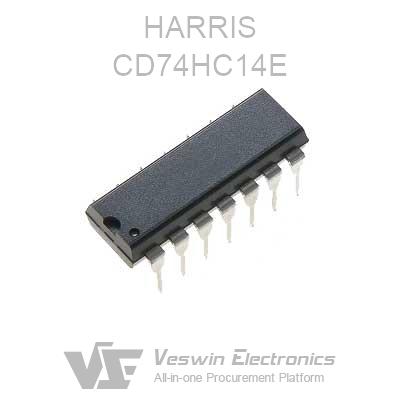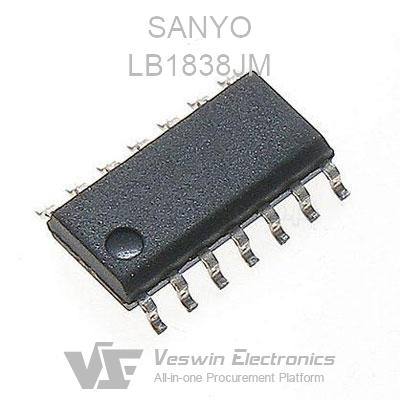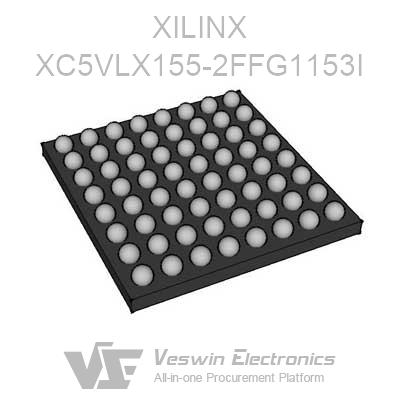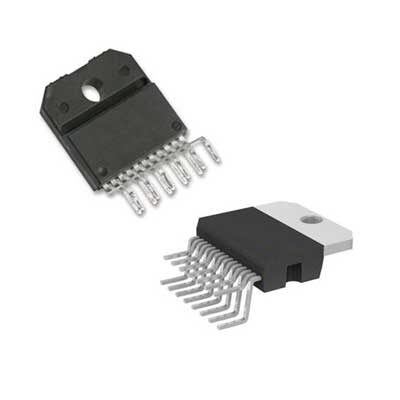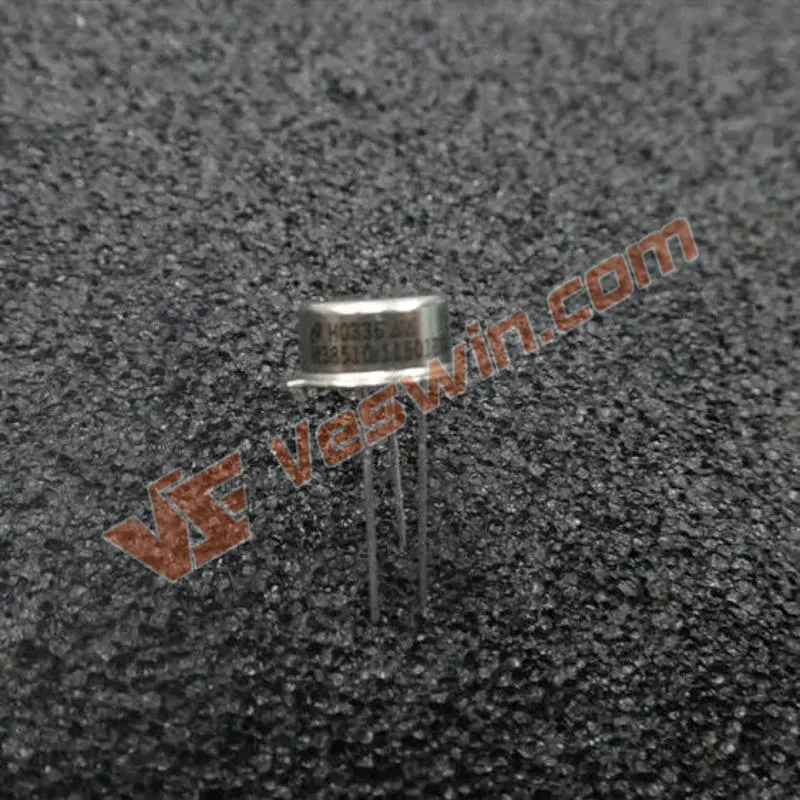Today our team will show you a design of audio amplifier circuit using LM386. If you have any interest, follow our steps to move on. Let's get starting.
1.1 Product function
Audio amplifier is through the power amplifier (referred to as amplifier) to the audio amplifier load RL (speaker) to provide a certain output power. When the load is certain, the output power is desired to be as large as possible, the nonlinear distortion of the output signal is as small as possible, and the efficiency is as high as possible.
1.2 Performance index
Signal-to-noise ratio : also known as (S / N), the useful components of the signal and the strength of the noise contrast, often expressed in decibels. The higher the signal-to-noise ratio of the device indicates that it produces less noise.
Sensitivity: For amplifiers, sensitivity generally refers to the voltage size of the signal added to the input when the rated output power or voltage is reached, so it is also called input sensitivity; for speakers, sensitivity refers to the input power of 1W applied to the speaker, how many decibels of sound pressure value can be generated at a distance of 1 meter in front of the speaker.
Damping factor: the ratio of load impedance and amplifier output impedance. The use of negative transistor amplifier output impedance is extremely low, only zero point a few ohms or even smaller, so the damping factor can reach tens to hundreds.
Dynamic range: The difference in level between the strongest part of the signal and the weakest part. For the equipment, the dynamic range of this equipment to the strong and weak signal processing ability.
Response: Frequency response: referred to as frequency response, a measure of the ability of a device to high, medium and low frequency band signal uniform reproduction. The requirements of the equipment frequency response are twofold, one is as wide as possible, that is, to replay the lower limit of the frequency as low as possible, the upper limit as high as possible; the second is the response of the points in the frequency range as flat as possible, to avoid excessive fluctuations.
Shielding: the outside of the electronic device or wire covered with materials that can easily conduct electromagnetic waves, in order to prevent foreign electromagnetic clutter on the useful signal interference technology.
1.3 Production cost
The circuit is simple and the cost is not high.
1.4 Application areas
Class A amplifier has the lowest distortion, the lowest efficiency and the highest heat generation. The power is not easy to do a lot. Class B amplifier positive and negative half-cycle amplification respectively (push-pull), the introduction of a variety of distortion, but high efficiency.
Class A and B amplifiers work in Class A when the small signal and Class B when the large signal, taking into account distortion and efficiency, is the current mainstream amplifier type, reasonable design circuit selection of components, can make a very high indicator. Class D amplifier is the rise of digital amplifiers in recent years, with extremely high efficiency, but also has a fairly high technical indicators, widely used in small electronic products, such as car audio. But Ding class amplifier in the audio audiophiles have not yet been generally recognized.
2.1 Function
The LM386 is a power amplifier designed for low power consumption. It has a built-in gain of 20 and a gain of up to 200 through the combination of capacitors between pin1 and pin8. LM386 can use battery as the supply power, the input voltage range can be from 4V-2V, only 4mA current is consumed when there is no action, and the distortion is low.
2.2 Operating parameters
Operating Item Specification Test Environment
Current 4mA~8mA Vs=6V, Vin=0V
Voltage 4V~5V
Power Min=250mW, Typ=325mW VS = 6V, RL =8Ω, THD = 10%
2.3 Internal Circuit
The LM386 internal circuit schematic is shown in Figure 1. Similar to the general-purpose integrated op-amp, it is a three-stage amplifier circuit.
The first stage is a differential amplifier circuit, V1 and V2, V4 and V6 form a composite tube as the amplifier tube of the differential amplifier circuit; V3 and V5 form a mirror current source as the active load of V2 and V4; V1 and V6 signals are input from the base of the tube and output from the collector of V4 tube, a double-ended input single-ended output differential circuit. Using a mirror image current source as the active load of the differential amplifier circuit can make the gain of the single-ended output circuit approximately equal to the gain of the double-ended output capacitor.
The second stage is a common-source amplifier circuit with V7 as the amplifier tube and a constant current source as the active load to increase the amplification.
The third stage of V8 and V10 tube compound into a PNP-type tube, and NPN-type tube V9 constitute a quasi-complementary output stage. Diodes V12 and V11 provide suitable bias voltage for the output stage, which can eliminate the crossover distortion.
Pin 3 is the in-phase input and the Pin 2 is the inverting input. The circuit is powered by a single power supply, so it is an OTL circuit. The output terminal (pin 5) should be connected to an external output capacitor and then to a load. Resistor R5 is connected from the output to the emitter of V4 to form a feedback path, and with R4 and R6 to form a feedback network, thus introducing a deep voltage series negative feedback, so that the whole circuit has a stable voltage gain.
3.1 LM386 Schematic design
Design functional requirements: when the load is certain, the output power is desired to be as high as possible, the nonlinear distortion of the output signal is as small as possible, the efficiency is as high as possible, and the real, efficient and low distortion input audio signal is recreated at the required volume and power level on the vocal output element.
Design steps:
First, think about the chip based on its function, thus designing the circuit
Second, to understand the nature of the chip, characteristics.
Third, use DXP software to draw the circuit schematic.
LM386 pin 2 for the inverting input, 3 for the same phase input; pin 5 for the output; pins 6 and 4 for power and ground, respectively; pins 1 and 8 for the voltage gain setting; use in the pin 7 and ground between the bypass capacitor, usually take 10μF.
3.2 Printed Circuit Board Design (PCB)
According to the schematic diagram, PCB is made and wiring is performed.
Hot News
